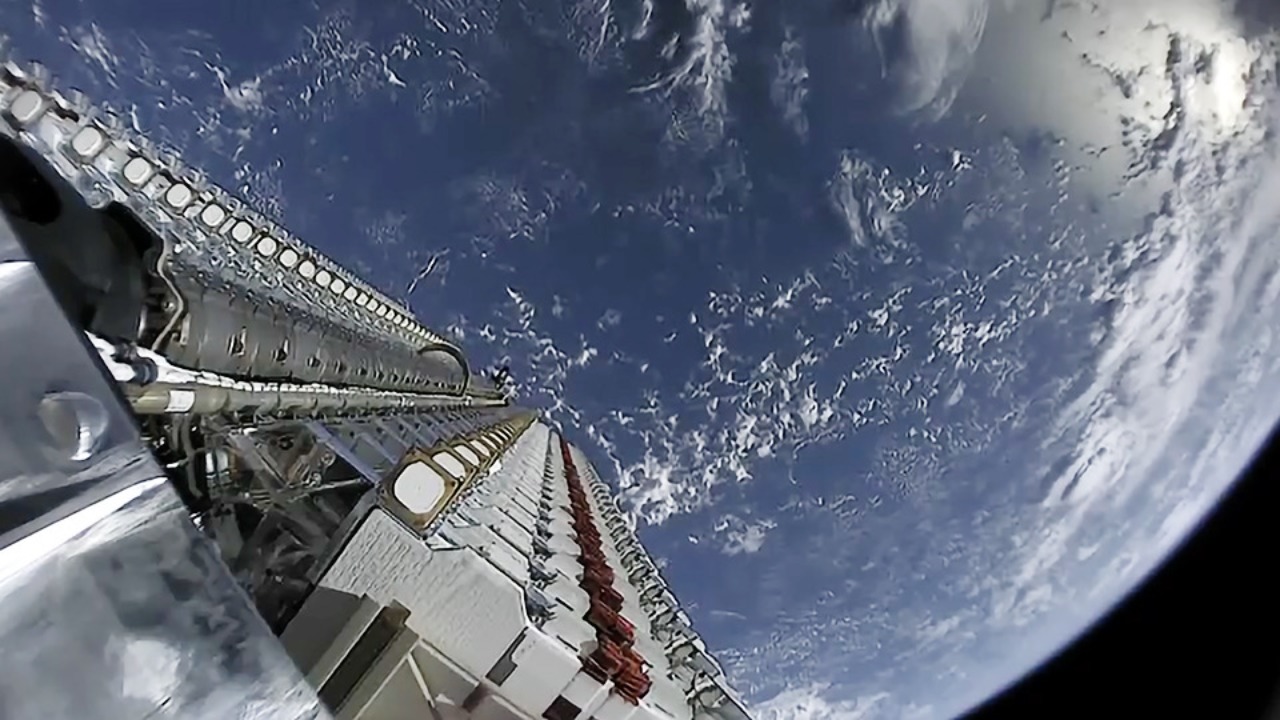
SpaceX has once again demonstrated its prowess in space technology by successfully launching 28 Starlink satellites into orbit from California. The mission, carried out with a Falcon 9 rocket, saw the spacecraft separate from the upper stage post-deployment and execute a precise landing at sea on the droneship Of Course I Still Love You. This operation underscores SpaceX’s ongoing commitment to expanding and replenishing the Starlink network through routine, reusable launches.
Launch Site and Preparation
The launch took place at Vandenberg Space Force Base in California, a strategic location for this polar orbit mission. Prior to the launch, a series of activities were carried out, including the stacking of the Falcon 9 rocket with the 28 Starlink satellites encapsulated in the payload fairing. This meticulous process ensured that the satellites were securely housed for their journey into space.
Before the liftoff on October 28, 2025, a series of weather and technical checks were conducted. These checks are crucial to ensure the safety and success of the mission, as they help identify any potential issues that could compromise the launch or the deployment of the satellites.
The Falcon 9 Rocket Configuration
The mission utilized a Falcon 9 Block 5 first-stage booster. This particular model is known for its reusability, having been used in previous flights. The booster’s successful history of flights underscores SpaceX’s commitment to sustainability and cost-effectiveness in space exploration.
The second stage of the rocket played a crucial role in carrying the payload to orbit after separation. This mission, known as Group 11-21 in the Starlink series, further demonstrates SpaceX’s ongoing efforts to expand global internet coverage through the deployment of its Starlink satellites.
Starlink Satellites Overview
The 28 Starlink satellites deployed during this mission are designed to provide broadband internet coverage. Each satellite is equipped with advanced technology to ensure reliable and fast internet connectivity. The specific version or generation of these satellites was not disclosed, but they are part of SpaceX’s larger constellation of operational Starlink spacecraft.
This batch of satellites contributes to the total number of operational Starlink spacecraft, further expanding the network’s coverage. The exact number of operational satellites was not disclosed, but it is known that SpaceX has been rapidly growing its Starlink network through regular launches.
Liftoff and Ascent Phase
The launch took place at exactly 01:32:00 UTC on October 28, 2025. The Falcon 9 rocket followed an initial ascent trajectory toward the polar orbit path, a route that allows the satellites to cover a wider area of the Earth’s surface.
During the ascent phase, the payload fairing separated from the rocket, exposing the satellites for deployment. This is a critical stage in the mission, as it marks the point where the satellites begin their journey to their designated orbit.
Orbital Deployment
Following the ascent phase, the second stage of the Falcon 9 rocket released the 28 Starlink satellites into their initial low-Earth orbit. This process involves a series of precise maneuvers and burns performed by the upper stage post-deployment.
Once in orbit, the satellites were activated and began maneuvering to their operational slots. This process ensures that each satellite is in the correct position to provide optimal internet coverage.
Booster Recovery at Sea
After stage separation, the first-stage booster embarked on its return flight path. This involved a series of complex maneuvers to guide the booster back to the droneship Of Course I Still Love You, positioned in the Pacific Ocean.
The booster successfully landed on the droneship, marking another milestone in SpaceX’s efforts to make space exploration more sustainable and cost-effective. The success of the autonomous landing procedure not only demonstrates the reliability of SpaceX’s technology but also highlights the potential for reusing rockets in future missions.
More from MorningOverview